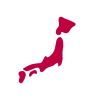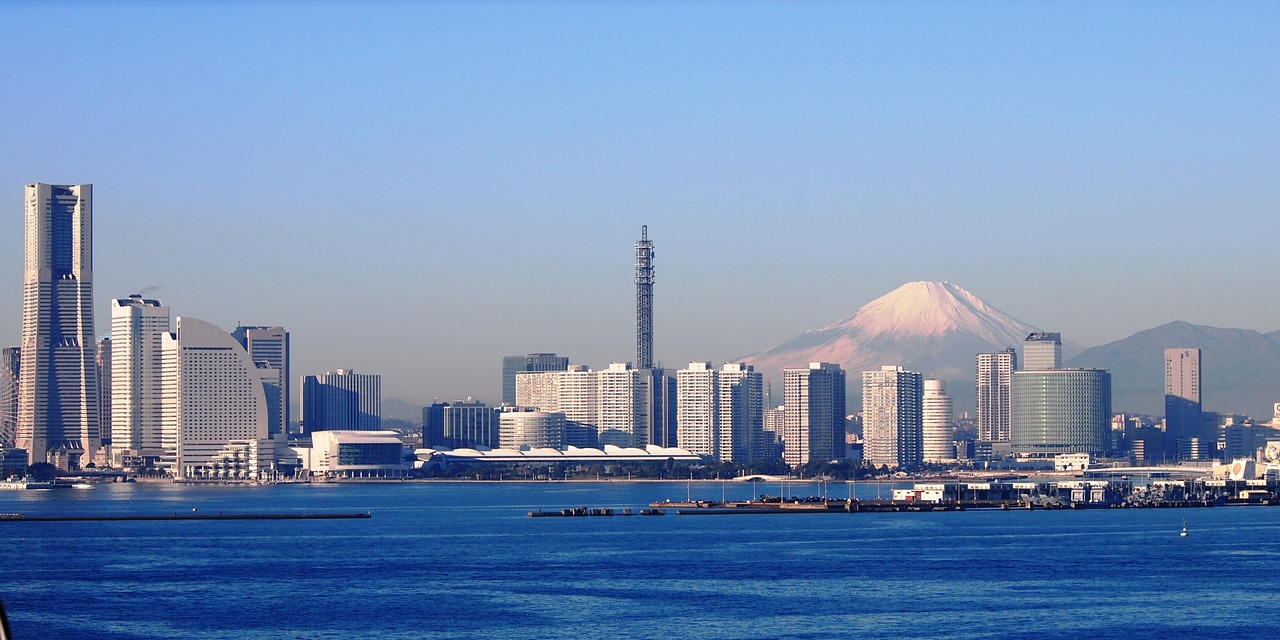
5 + 1 Thing to Consider Before Starting Your PR Program in JAPAN

Before starting PR program in Japan, the first step is to know the characteristics and tendencies of Japanese media.
It would be my pleasure if you find this post useful to review your PR programs in Japan.
1. Language
Language has always been an issue when doing business in Japan.
It is important to keep in mind that the Japanese media will not read press releases written in English. In addition, Japanese media tend not to contact offices overseas - they would much prefer to deal with people in Japanese.
Not only press kit for media, but all material (collateral, website, trade show display and so on) towards your target audience should be in Japanese. In trade shows, Japanese visitors do not step in a show booth decorated in only English language.
One typical example: if the booth is occupied with non-Japanese staff being busy checking e-mails, no customer wants to "interrupt" and ask questions.
Localization
Communications in Japanese is a "must".
In a Japanese market, media and users expect communication in Japanese language.
Auto-Translation technology has advanced over the decades. However, still there requires development for business documents. Further, even human translations sometimes require re-writings depending on the purpose of the documents. This is especially seen in Japanese language due to its unique structure and complication.
"Localization" - a review and language modification by a professional native speaker to confirm the accuracy and language smoothness without changing the content - in order to give readers information correctly which results in good communication.
At speaking opportunities - interviews, press events, etc. - require interpreters if there is no one who speaks sufficient Japanese.
To be prepared in Japanese
- Press kit
- Press Releases
- Presentation Slides
- Biography
- Literatures
- Corporate Brochure
- Product Flyers
- Technical papers
- Online Tools
- Website
- Webinars
- Engineer’s Blog
- SNSs
- Trade shows
- Booth Decorations & Signs
- Panels
- Handout Materials
- Presentation Slides
2. Publication
Japan has a relatively limited amount of publications compared to other countries.
While online publications are increasingly focusing on IT related industries, there are some industries which is behind in digitization such as chemistry, industrial machinery, etc. Regarding these Trade Media, print publication is in the mainstream, and the amount of publication is decreasing. As a result, information tends to concentrate in the few media, creating intense competition for coverage in the Japanese media.
Business Newspapers (daily) is where the information gathers. They have more circulation and are very influential. Therefore, in order to be introduced as an article, it is important to provide reporters with information (press releases) having attractive news hook. Business strategy stories by exclusive interviews e.g., at the time of CEO's visit to Japan, tend to draw media's attention.
3. News Contents
The best interest of Japanese media is the influence to Japanese Market.
The news material should be relevant to Japan and Japanese market. Japanese media is harsh to ignore your major news angle, when it doesn't contain Japan-relevant stories. You should built your public relations program from a "Japanese media perspective" and thus deem the voice/opinions of the Japan office to be important. Even if a piece of information may not be entirely relevant to Japan, you will weigh the Japan office's opinions and the effects on the Japanese markets.
Press Releases
Delivering the news being influential to Japan market.
To establish close relationships with media, it is important to regularly provide valuable news.
A product press release introduces your company's product, and at the same time, it also becomes a supporting evidence of your business strategies that have been emphasized earlier through previous corporate related public relations activities. If you announce a product that is related to a previously-announced strategically important area, the media will then have a positive impression that your company is thoroughly on your strategies.
The content and timing of the product and corporate press releases are in sync while you work on a public relations program.
Checkpoints
- Corporate
- Is it a Japan related news?
- Why the product will be introduced in Japan?
- Does the content reflect to Japan trend?
- Does the products prohibit by Japanese law?
- Is there a contact address in Japan?
- Products
- What industry users need the product?
- Background of product introducing in Japan.
- How is the propotion of demand between global and Japan?
- Did the content review by Japanese staff?
4. Interview Formats
Japanese media basically accepts Face-to-Face interview.
Not as in the US, Europe, China where have difficulty in geographic reach and use e-mail, phone, Video-chat interviews.
More than 90% of Japanese media is located in Tokyo and it is normal to meet and talk in Tokyo. Japanese media less values e-mail, phone, Video-chat interviews.
Media Events
Face to Face communications strengthen the pipeline.
One of the most effective ways to ensure an effective and sustained public relations program is to divert some of your resources to a media event.
Because most publishers have editorial offices in Tokyo, there is no geographic problem for organizing Media Event in Tokyo. And Japan media welcomes face-to-face opportunities to have knowledge input.
Especially, quickly-developing high tech industry keeps editors busy and in reality it is difficult to keep up even for reporters who are constantly engaged.
Keeping this in mind, you should provide an opportunity for the media to soak up information related to the latest trends and challenges facing technical developments - a "technical seminar" will help them digest and retain the information they need.
Major FAQs
- Corporate
- What are your company’s business in Japan?
- Who are your business partner in Japan?
- What is the sales scale of your company in both global and Japan market?
- What is the feature of Japan market compared with global market?
- How does your company plan to market your products?
- Products
- What is your focus products in Japan market?
- Which users and industries is your company targeting for your products?
- What is the composition of sales by product segments?
- What is the market size for your products for the global market?
- Is there any manufacturing site in Japan?
5. Rapid Response
Most Japanese newspaper's deadline is 3p.m.
It should be better to respond to all media inquiries within 24 hours limit. For the occasion you cannot respond in a given time frame due to time-zone deference and your situation, you should put your Japanese contact in your press materials for their first response.
By responding to each and every inquirer discreetly, you will be able to build a strong and robust media relationships.
Japan Office
It is essential to involve Japan Office to implement any PR program in Japan.
The key to success lies in how the program will fit in the overall global public relations program.
Again, Japanese editors do not contact the overseas office directly. Settling head-office one global media contact for all global media inquiries may give a good information control, but use of local offices enables faster response to the inquiries which is also very important. The way is to share fundamental info with the local, to enable this.
By responding to the media's demand and reflecting the opinions of the local office in the program, you can achieve the maximum public relations effect.
Important Roles of Japan office
- Positioning PR personnel in Japan
- Understanding the Japanese market
- Having a line of contact with each product manager/engineer
- Translating and editing relevant materials
- Contact window for local journalists
- Recognizing the value of PR within the company
- Understanding PR activities
- Ready to excavate a potential source of PR activities
- Building consensus between local and global
- Communications among PR agencies
5+1. Name recognition
Nonetheless your company is the industrial leader in your home country, but its popularity in Japan is not always the same unfortunately. Japanese media might have heard of your company name, but the understanding might be "some foreign big one".
The way to approach Japanese media should be humble and helpful, not "Hi, you know us."
“go GLOCAL”
Global + Local
Respecting the regionality of each local, standing on a global standpoint is important.
Listening and understanding to the voices from “media”, “users” and “staff”, implementation of PR program optimized in a Japanese market leads to a good result.
